Argonne report on characteristics of light-duty plug-in electric vehicles in US
Green Car Congress
NOVEMBER 22, 2022
A new report from a team at Argonne National Laboratory examines the changing characteristics for light-duty plug-in electric vehicles (PEVs) from 2010-2021, evaluating range, energy efficiency, costs, and performance. billion miles, offsetting 700 million gallons of gasoline. More than 2.1 Annual sales of PEVs in the US by year.

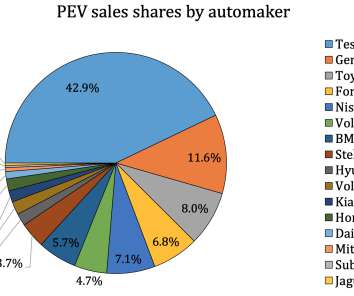























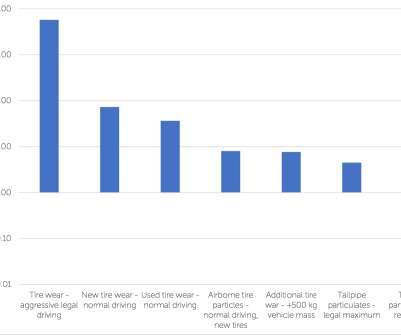
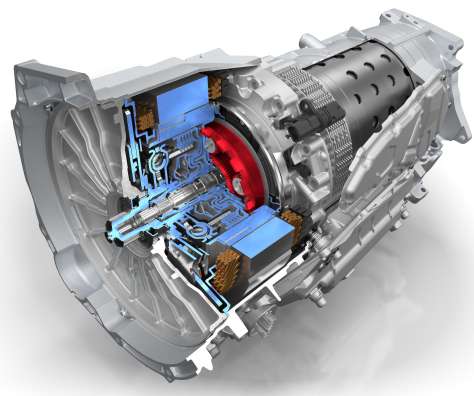
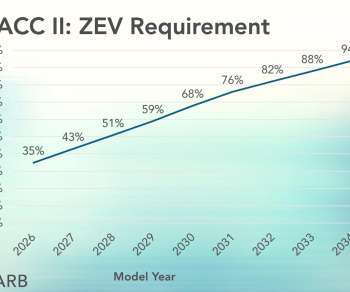
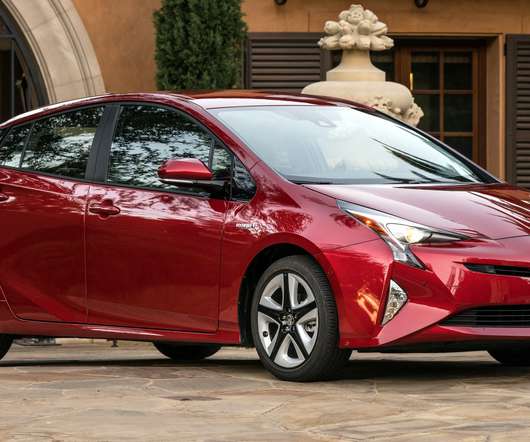
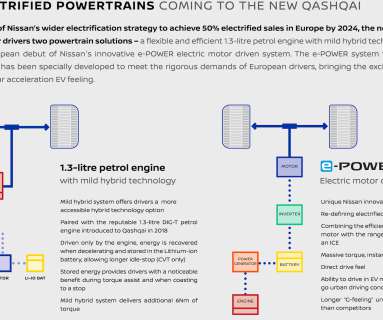
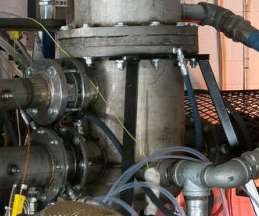






Let's personalize your content